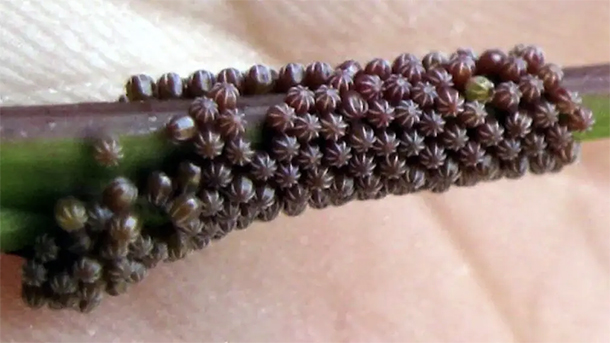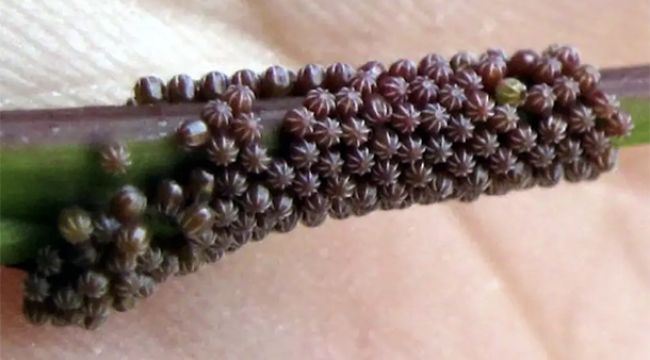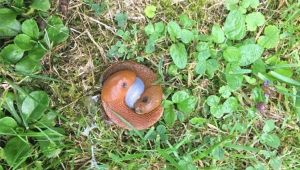For those who appreciate the beauty of nature, gardening is a rewarding and therapeutic activity. Whether you have a sprawling garden or a few potted plants on your balcony, tending to your plants helps lower stress, boosts your mood, and even provides light exercise. However, successful gardening requires more than just watering your plants—it demands understanding the needs of each species, the quality of the soil, and the best environment to help your garden thrive.
Gardening also brings its challenges, especially when it comes to pests. Managing insects and rodents is essential to maintaining a healthy garden. While prevention is key, eliminating pests is sometimes necessary to protect your greenery. You can choose between chemical pesticides or more eco-friendly alternatives like organic sprays and companion planting. But before you rush to remove every insect you see, it’s important to remember that not all bugs are bad for your plants. Some can actually be beneficial.
Recently, a photo of a leaf covered in tiny, intricate black shapes surfaced online, sparking concern among plant lovers. At first glance, these geometric marks seemed like a plant disease. However, after some investigation, it was revealed that these were the eggs of the Mourning Cloak butterfly (Nymphalis antiopa).
These butterflies, commonly known as Mourning Cloaks, lay clusters of eggs that start off yellowish-green and darken as they near hatching. Once hatched, the caterpillars emerge black with white dots and spines. They feed on the host plant's leaves as they grow, eventually transforming into butterflies. While this might seem damaging to your plant, the overall impact is minimal.
Mourning Cloak butterflies offer several benefits to the garden ecosystem. Although they are not as effective at pollination as bees or monarch butterflies, they do contribute by visiting flowers for nectar. They also play a crucial role in the decomposition process by feeding on rotting fruits, helping to break down organic matter. Additionally, they serve as a food source for birds and spiders, promoting biodiversity in your garden.
If you come across these eggs or caterpillars in your garden, resist the urge to kill them. Instead, gently relocate them to a tree or shrub where they can continue their life cycle without harming your plants.
Why You Shouldn’t Remove Mourning Cloak Butterfly Eggs from Your Garden
Gardeners often focus on keeping their plants safe from pests, but some insects can actually be good for your garden. The Mourning Cloak butterfly is one of them. Although their caterpillars may feed on the leaves of your plants, they bring several benefits to your garden, including pollination and decomposition. Learn why you should welcome these visitors and how they contribute to a balanced garden ecosystem.




























COMMENTS